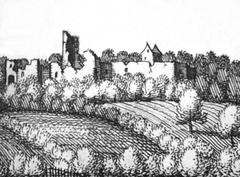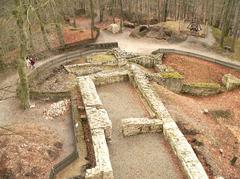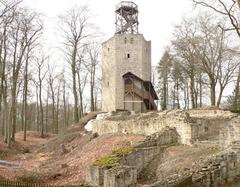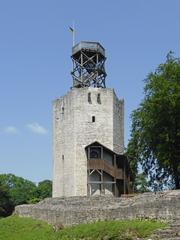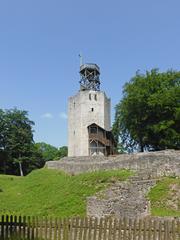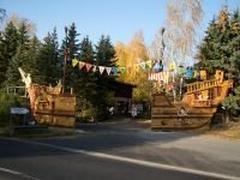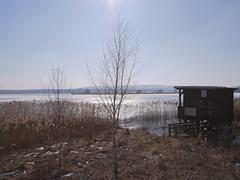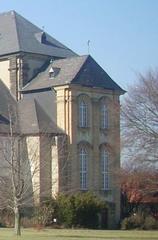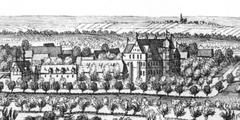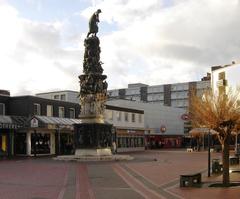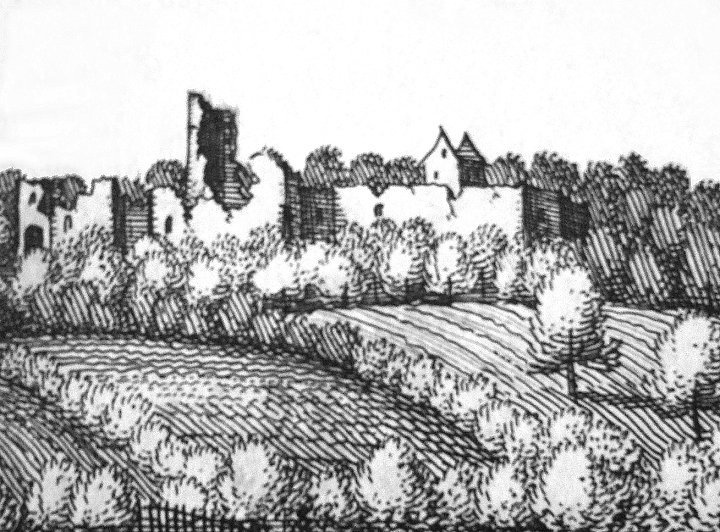
Visiting Burg Lichtenberg: Hours, Tickets, and Nearby Historical Sites
Date: 24/07/2024
Introduction
Nestled in the picturesque town of Heere, Lower Saxony, Germany, Burg Lichtenberg is a medieval gem that has captivated visitors for centuries. With its origins tracing back to the 12th century, this castle stands as a testament to the rich history and architectural prowess of the Middle Ages. The castle was first mentioned in historical records in 1180 during the reign of Henry the Lion, Duke of Saxony and Bavaria, and has since played a pivotal role in regional conflicts and feudal governance. Over the centuries, Burg Lichtenberg has evolved from a simple fortification to a formidable stronghold, reflecting the changing needs and technologies of the times (Niedersachsen).
In contemporary times, Burg Lichtenberg remains a symbol of the region’s rich history and cultural identity, attracting thousands of visitors each year. This comprehensive guide aims to provide all the essential information needed to plan a visit, from historical insights and architectural marvels to practical details such as ticket prices, visiting hours, and nearby attractions. Whether you’re a history enthusiast, a casual traveler, or someone looking to immerse themselves in Germany’s medieval heritage, Burg Lichtenberg offers a unique and unforgettable experience (Burg Lichtenberg).
Table of Contents
Historical Significance
Origins and Early History
Burg Lichtenberg, located in Heere, Germany, is a medieval castle with a rich history dating back to the 12th century. The castle was first mentioned in historical records in 1180, during the reign of Henry the Lion, Duke of Saxony and Bavaria. The initial construction of the castle was likely commissioned by the Counts of Wohldenberg, a noble family that played a significant role in the region’s feudal system.
Architectural Evolution
The architectural evolution of Burg Lichtenberg reflects the changing needs and technologies of the times. Originally built as a simple fortification, the castle underwent several expansions and renovations over the centuries. The most significant changes occurred in the 14th and 15th centuries when the castle was transformed into a more formidable stronghold. These modifications included the addition of a keep, curtain walls, and a moat, which were designed to enhance the castle’s defensive capabilities.
Role in Regional Conflicts
Burg Lichtenberg played a crucial role in various regional conflicts throughout its history. During the medieval period, the castle was a strategic military asset due to its location on a hill, providing a vantage point over the surrounding area. It was involved in numerous skirmishes and sieges, particularly during the feuds between local noble families and the larger conflicts of the Holy Roman Empire. One notable event was the siege of 1388, during the War of the Lüneburg Succession. The castle was besieged by forces loyal to the House of Welf, who sought to control the region. Despite the intense conflict, Burg Lichtenberg’s robust defenses allowed it to withstand the siege, solidifying its reputation as an impregnable fortress.
Ownership and Political Influence
The ownership of Burg Lichtenberg changed hands multiple times, reflecting the shifting political landscape of the region. In the 16th century, the castle came under the control of the Duchy of Brunswick-Lüneburg. This period marked a time of relative stability and prosperity for the castle, as it became a center of administration and governance. The castle’s political influence extended beyond its immediate surroundings. It served as a residence for various noble families and was a venue for important political meetings and negotiations. The castle’s strategic importance and its role in regional governance made it a symbol of power and authority in Lower Saxony.
Decline and Preservation
The decline of Burg Lichtenberg began in the 17th century, as advancements in military technology rendered traditional castles obsolete. The Thirty Years’ War (1618-1648) further contributed to the castle’s decline, as it suffered damage during the conflict. By the 18th century, the castle was largely abandoned and fell into disrepair. Efforts to preserve Burg Lichtenberg began in the 19th century, driven by a growing interest in medieval history and architecture. Restoration projects aimed to stabilize the remaining structures and prevent further deterioration. Today, the castle is a protected historical site, managed by local heritage organizations dedicated to its preservation.
Cultural and Educational Significance
Burg Lichtenberg is not only a historical monument but also a cultural and educational resource. The castle hosts various events, including medieval festivals, historical reenactments, and educational programs. These activities provide visitors with a deeper understanding of the castle’s history and its role in the region’s cultural heritage. The castle’s museum offers exhibits on medieval life, the history of the castle, and the broader historical context of the region. Interactive displays and guided tours enhance the educational experience, making Burg Lichtenberg a valuable destination for history enthusiasts and scholars alike.
Modern-Day Relevance
In contemporary times, Burg Lichtenberg continues to be a symbol of the region’s rich history and cultural identity. The castle attracts thousands of visitors each year, contributing to the local economy and promoting cultural tourism. Its well-preserved structures and historical significance make it a popular destination for tourists seeking to explore Germany’s medieval heritage. The ongoing preservation efforts ensure that Burg Lichtenberg remains a testament to the architectural and historical achievements of the past. The castle’s enduring legacy is a reminder of the region’s complex history and the importance of preserving cultural landmarks for future generations.
Visitor Information
Tickets
Tickets for Burg Lichtenberg can be purchased at the entrance or online. Prices are €10 for adults and €5 for children.
Visiting Hours
The castle is open from 10 AM to 6 PM daily. Special hours may apply during holidays and events.
Guided Tours
Guided tours are available in both English and German. Book in advance to secure your spot.
Accessibility
The castle has made efforts to be accessible to visitors with disabilities. However, due to its historical nature, some areas may be challenging to navigate.
Nearby Attractions
Heere Historical Museum
Located just a short walk from the castle, this museum offers additional insights into the region’s history.
Local Cafés and Restaurants
Enjoy a meal at one of the charming local eateries in Heere after your castle visit.
FAQ
What are the visiting hours for Burg Lichtenberg?
The castle is open from 10 AM to 6 PM daily. Special hours may apply during holidays and events.
How much are tickets for Burg Lichtenberg?
Tickets for Burg Lichtenberg can be purchased at the entrance or online. Prices are €10 for adults and €5 for children.
Conclusion
Burg Lichtenberg is a testament to Germany’s rich medieval history and offers a unique experience for visitors. Whether you’re a history enthusiast or simply looking for a picturesque destination, this castle has something for everyone. Plan your visit today and step back in time at Burg Lichtenberg (Kaiserslautern American).
References
- Burg Lichtenberg, n.d., Burg Lichtenberg
- Lower Saxony, n.d., Niedersachsen
- Burg Lichtenberg, n.d., Medieval Castles
- Burg Lichtenberg Fortress serves as perfect family getaway, n.d., Kaiserslautern American
- Lichtenberg Castle (Palatinate), n.d., Wikipedia
